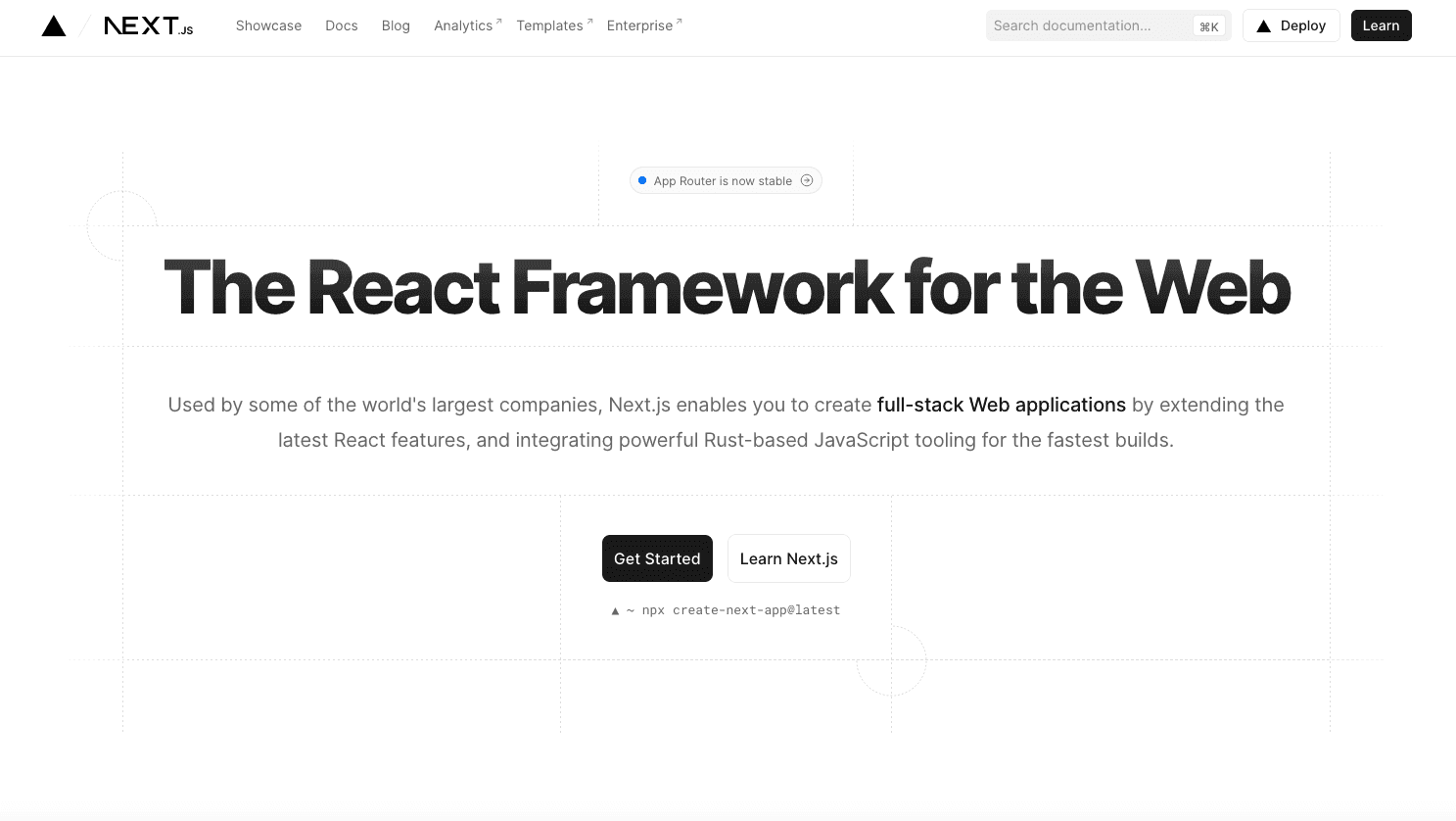What is Code Splitting? - How Next.js Works
- User Experience

In the world of web development, application performance is paramount. With the growing complexity and size of modern web applications, it becomes essential to employ strategies that optimize the delivery of assets to the user. One such optimization technique is "code splitting." But what is code splitting? Let's explore more details about what is code splitting in Next.js with Kapsys.
Understanding Code Splitting
Before we delve into the intricate details, let's familiarize ourselves with the foundational concepts behind code splitting. Grasping the basic idea and its significance will provide clarity when implementing and benefiting from it.
The Concept
At its core, code splitting is dividing your application's JavaScript code into multiple smaller bundles rather than serving a single large bundle. This means only loading the necessary JavaScript code a user needs when needed rather than forcing them to download the entire app up-front.
Why It's Important
- Reduced Initial Load Time: Users only fetch the essential code for the current view instead of downloading a monolithic JavaScript bundle, ensuring faster page loads.
- Optimized Caching: Smaller code chunks mean better caching. Only the affected chunks must be re-downloaded when one part of your app updates.
- Enhanced User Experience: A more responsive application results in a more engaging user experience, reducing bounce rates and improving retention.
Enter Next.js
Next.js is a popular React framework known for its server-side rendering capabilities and ease of use. But one of its less-discussed yet powerful features is its built-in support for code splitting.

Automatic Code Splitting in Next.js
Out of the box, Next.js automatically performs code splitting for each page in the "pages" directory. This means every page becomes its independent JavaScript bundle, ensuring that a user only downloads what's necessary for the current view.
Dynamic Imports
Next.js also supports dynamic imports, allowing you to split your code wherever necessary. Using the dynamic() function, you can import modules or components on-demand, creating separate bundles loaded only when needed.
import dynamic from 'next/dynamic'; const DynamicComponent = dynamic(() => import('../components/DynamicComponent')); function MyPage() { return <DynamicComponent />; }This not only works for React components but also for any module you wish to load dynamically.

Advantages of Using Next.js for Code Splitting
- No Configuration Needed: One of the most significant benefits of Next.js is the out-of-the-box support for code splitting. No complex Webpack configurations or plugins are required.
- Seamless Integration with React: Since Next.js is a React framework, it integrates seamlessly with your React components, making it incredibly intuitive for React developers.
- Smart Prefetching: Next.js is intelligent enough to prefetch linked pages (using the
<Link>component) when they are in the viewport, making navigation even faster.

Final Thoughts
So, what is code splitting? It's a modern approach to delivering web assets, ensuring users get only what they need when needed. It's a strategy that improves application performance and enhances the user experience.
Next.js, with its automatic code splitting and dynamic imports, Next.js offers developers a hassle-free way to implement this technique, making it a top choice for those looking to optimize their web applications.
Whether you're new to web development or a seasoned pro, understanding and utilizing code splitting, especially within powerful frameworks like Next.js, can significantly elevate the quality and performance of your web projects.


